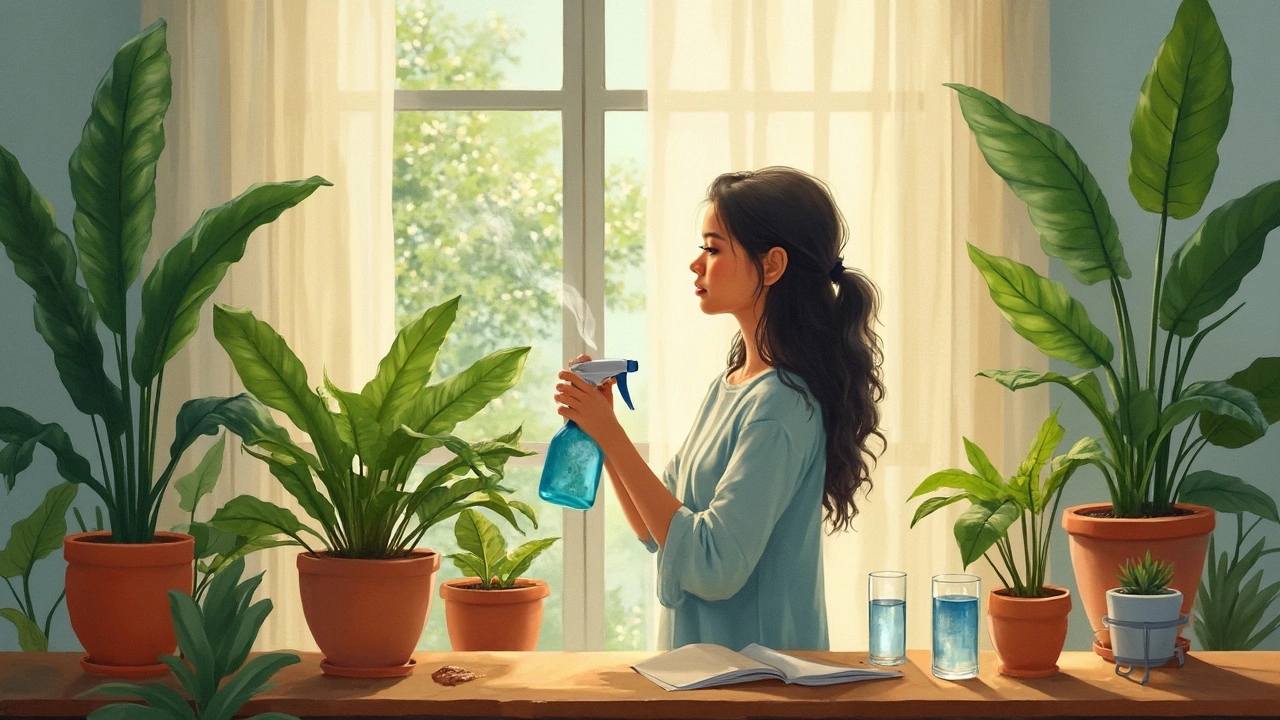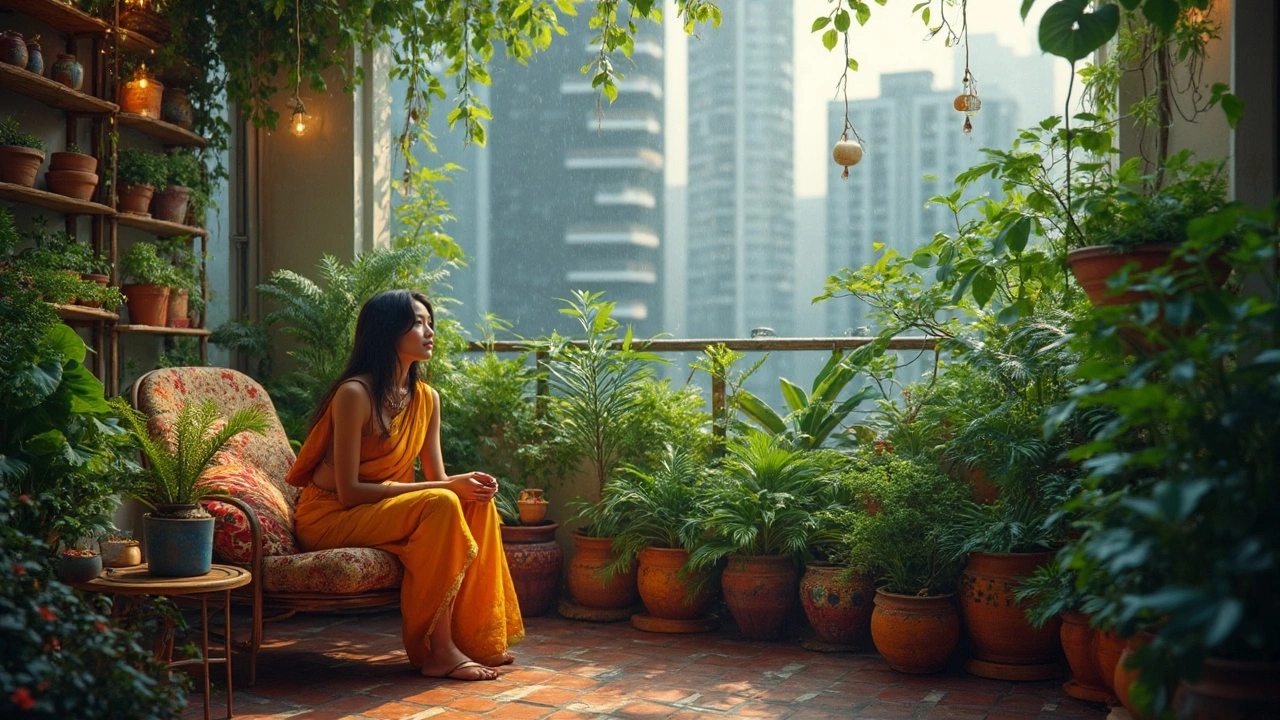Easiest Houseplant to Keep Alive: Beginner‑Friendly Options
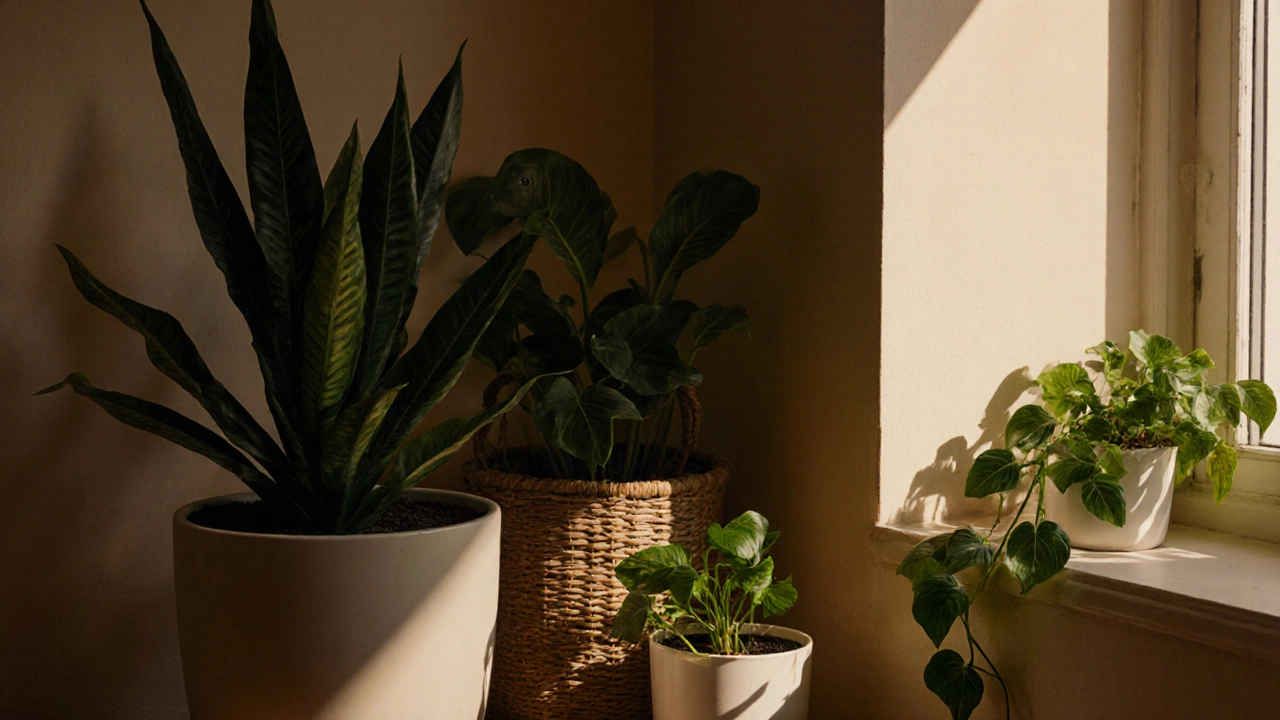
Beginner-Friendly Houseplant Selector
Recommended Plant
Light Preference:
Watering:
Drought Tolerance:
Pet Safety:
Care Tips:
Pro Tip:
Remember to use a pot with drainage holes and well-draining soil mix. Always check soil moisture before watering!
Top 7 Beginner-Friendly Plants
Snake Plant
Tolerates low light and infrequent watering
EasyZZ Plant
Thrives in low light and neglect
EasyPothos
Trailing vine that grows in various light
EasySpider Plant
Produces baby plants for propagation
EasyPhilodendron
Glossy leaves and adaptable growth
EasyCast Iron Plant
Tolerates low light and irregular watering
EasyAloe Vera
Succulent that stores water in leaves
EasyFinding a plant that can survive your forgetful watering schedule, occasional drafts, and dim corners is easier than you think. Below you’ll discover the truly low‑maintenance houseplants that stay green with minimal effort, plus a simple checklist to keep them thriving.
Key Takeaways
- Snake Plant, ZZ Plant, and Pothos rank highest for tolerance to low light and irregular watering.
- All easy plants prefer well‑draining soil and should be watered only when the top inch feels dry.
- Rotate pots every few weeks to ensure even growth and avoid leaning.
- Use a saucer to catch excess water and prevent root rot.
- Watch for yellowing leaves as a sign of over‑watering - cut back, not increase.
Why Some Houseplants Are Harder Than Others
Plants are living organisms that need light, water, and nutrients in the right balance. Most beginners struggle because they try to care for tropical species that demand high humidity, consistent moisture, and bright, indirect light. When those conditions aren’t met, the plants show stress quickly - yellow leaves, mushy stems, or leaf drop. The easiest houseplant options have evolved to store water, tolerate low light, and bounce back from occasional neglect.
Top 7 Easiest Houseplants
Each plant listed below is introduced with Schema.org microdata so search engines can recognize the entity and its core attributes.
Snake Plant (Sansevieria) can survive months without water and thrives in low‑light rooms. Its stiff, upright leaves store moisture, making it virtually drought‑proof.
ZZ Plant (Zamioculcas zamiifolia) tolerates neglect thanks to thick, fleshy rhizomes that retain water. It does well under fluorescent office lighting.
Pothos (Epipremnum aureum) is a trailing vine that roots easily in water or soil. It can grow in low light and bounces back after a missed watering.
Spider Plant (Chlorophytum comosum) produces arching leaves and baby “spiderettes” that readily propagate. It prefers moderate light but tolerates occasional shade.
Philodendron (Heartleaf Philodendron) has glossy, heart‑shaped leaves and adapts well to indoor conditions. It likes indirect light and forgiving watering.
Cast Iron Plant (Aspidistra elatior) lives up to its name - it tolerates low light, temperature fluctuations, and irregular watering.
Aloe Vera (a succulent) stores water in its fleshy leaves, thriving on bright indirect light and a dry soil mix.
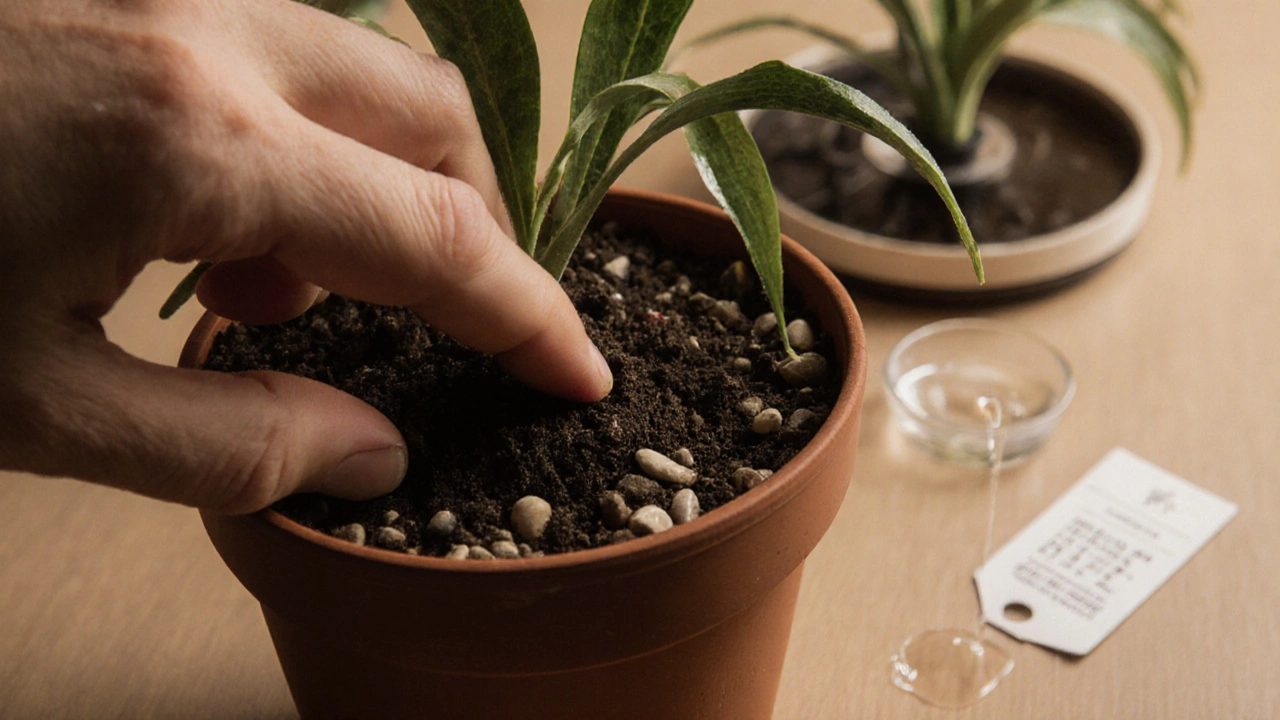
Quick Care Checklist for Any Easy Plant
- Check soil moisture with your finger - if the top 2cm feel dry, water.
- Use a pot with drainage holes; add a layer of pebble gravel at the bottom.
- Place the plant where it receives the light level listed in the table below.
- Wipe dust off leaves every few weeks to improve photosynthesis.
- Rotate the pot 90° every month for even growth.
- Inspect for pests (mealybugs, spider mites) and treat with neem oil if needed.
Comparison Table: Light, Water, and Tolerance
| Plant | Light Preference | Water Frequency | Drought Tolerance | Pet Safe? |
|---|---|---|---|---|
| Snake Plant | Low to bright indirect | Every 4‑6weeks | Very high | No (toxic) |
| ZZ Plant | Low to medium indirect | Every 3‑4weeks | Very high | No (toxic) |
| Pothos | Low to bright indirect | When top inch dry | High | Yes (non‑toxic) |
| Spider Plant | Medium indirect | When top 2cm dry | Medium | Yes |
| Philodendron | Low to medium indirect | When soil feels dry | Medium | No (toxic) |
| Cast Iron Plant | Low | Every 4‑6weeks | Very high | Yes |
| Aloe Vera | Bright indirect | When soil completely dry | High | Yes (mildly toxic if ingested) |
Step‑by‑Step Guide to Getting Started
Pick a plant from the table that matches the light level in your home. Here’s a straightforward rollout:
- Buy a pot with a drainage hole and a saucer.
- Fill the pot with a well‑draining mix - a 2:1 ratio of potting soil to perlite works for most succulents and tropicals.
- Gently loosen the plant’s root ball and place it in the pot, covering roots with soil but leaving the crown just above the surface.
- Water lightly to settle the soil, then let excess drain away.
- Place the pot in the chosen spot. If you’re unsure about light, start with a north‑facing windowsill - the plant can adapt.
- Set a reminder on your phone for the first week. After that, use the finger‑test to decide.
Common Mistakes and How to Fix Them
Over‑watering is the number one kill‑switch. If leaves turn mushy or yellow, pull the plant out, trim dead roots, and repot in fresh, dry mix.
Too much direct sun can scorch leaves, especially for snake plant and ZZ Plant. Move the pot a few feet away from a sunny window or use a sheer curtain.
Neglecting humidity rarely hurts these tough plants, but spider plants enjoy a light mist in winter when indoor heating dries the air.
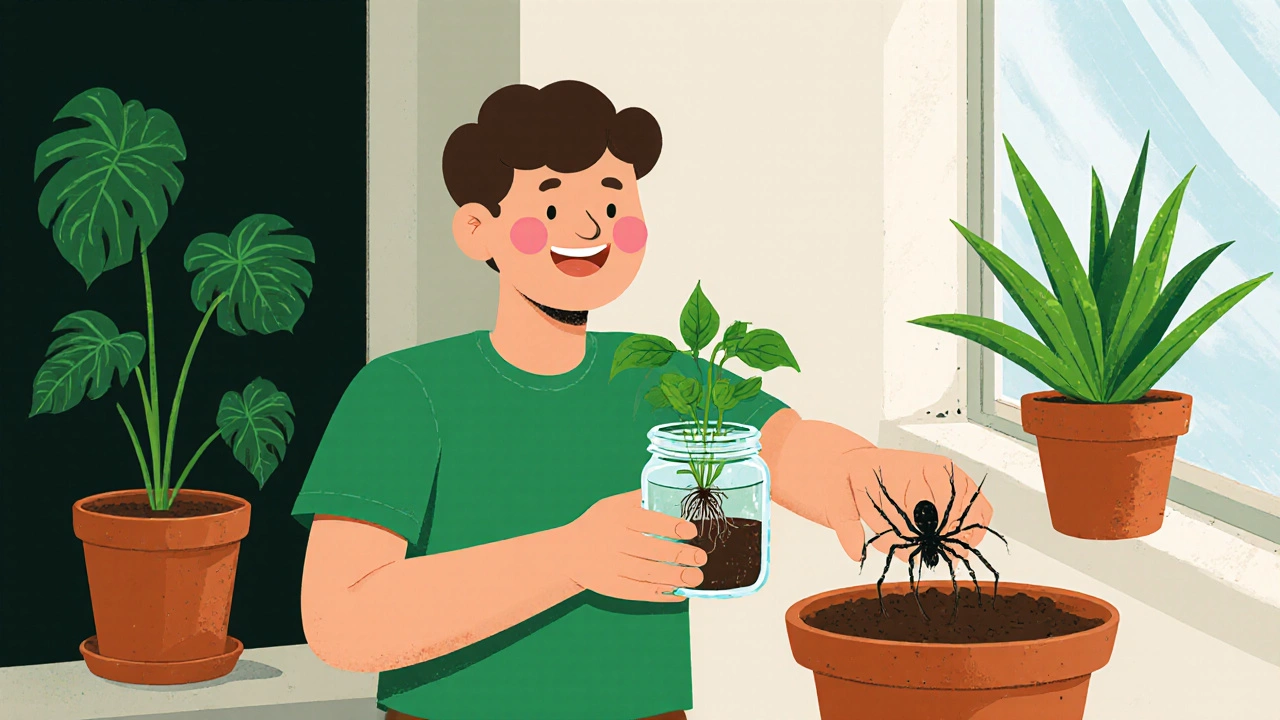
Propagation Made Simple
Most easy plants root from cuttings:
- Pothos: Snap a 4‑inch stem, remove lower leaves, place in water. Roots appear in 1‑2 weeks.
- Spider Plant: Separate baby “spiderettes” and plant them directly into soil.
- Snake Plant: Cut a leaf segment, let it callous 24hours, then plant upright in moist soil.
Once roots develop, shift the new plant to its permanent pot and resume normal care.
Choosing the Right Plant for Your Space
If you have a bathroom with high humidity, go for a pothos or spider plant. For a dim hallway, the cast iron plant or ZZ Plant will thrive. A sunny kitchen windowsill is perfect for aloe vera or a succulent mix.
Frequently Asked Questions
Can I keep these plants in an office with fluorescent lighting?
Yes. Both ZZ Plant and Snake Plant adapt well to low‑intensity, artificial light. Just avoid direct exposure to the bulbs for long periods.
How often should I fertilize an easy houseplant?
A balanced, water‑soluble fertilizer diluted to half strength once every 6‑8 weeks during the growing season (spring‑summer) is sufficient.
Are any of these plants safe for pets?
Pothos, Spider Plant, and Cast Iron Plant are non‑toxic. Snake Plant, ZZ Plant, and Philodendron contain compounds that can cause mild stomach upset if ingested.
What’s the best way to prune a Snake Plant?
Use clean, sharp scissors to cut away any wilted or discolored leaves at the base. The plant will produce new shoots from the rhizomes over time.
Can I water my ZZ Plant with tap water?
Yes, but let the water sit for a few hours to allow chlorine to evaporate, especially if your tap water is hard.
Next Steps
Pick one plant, follow the step‑by‑step guide, and set a simple reminder to check soil moisture. Within a few weeks you’ll see new growth and feel the confidence to add another low‑maintenance plant to your collection.
Remember, the easiest houseplant isn’t about perfection; it’s about forgiving traits that let you learn without stress. Happy greening!



